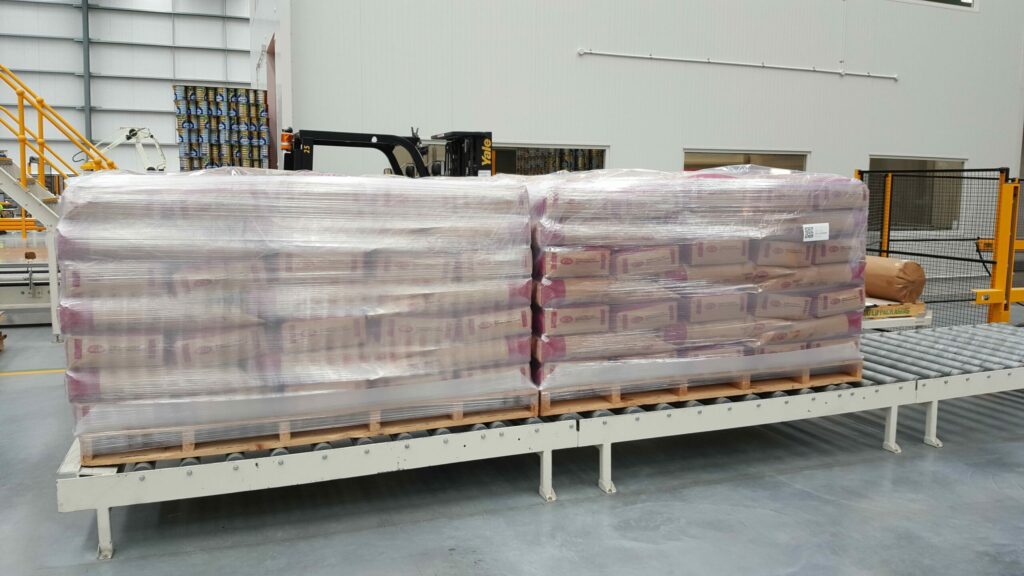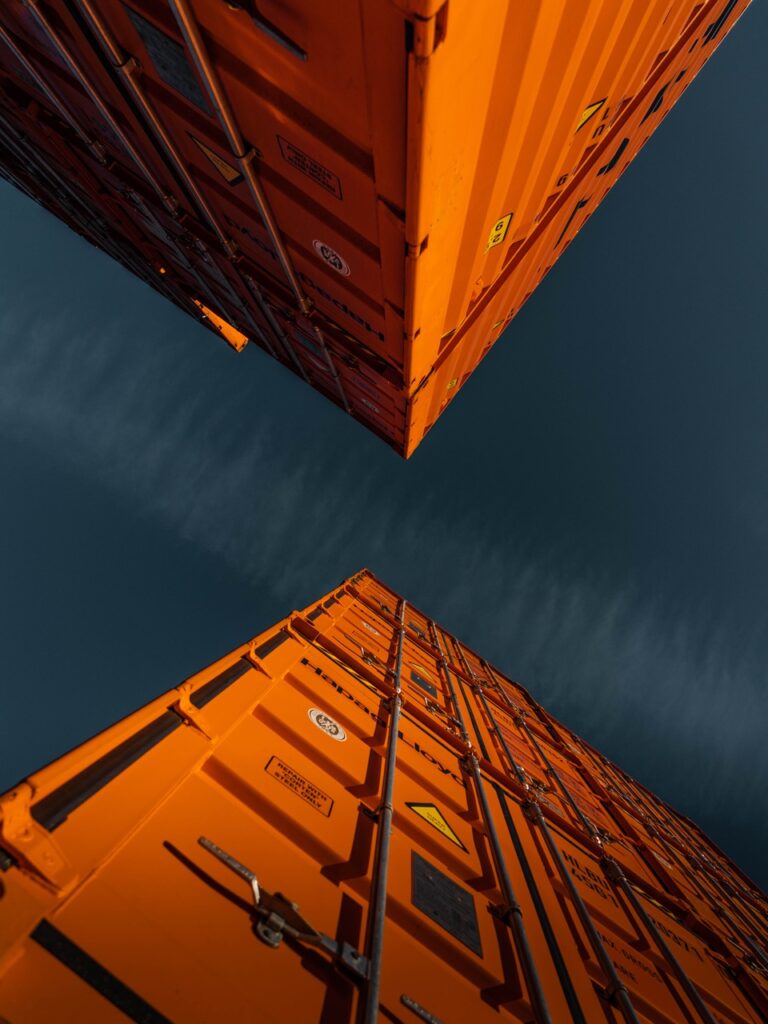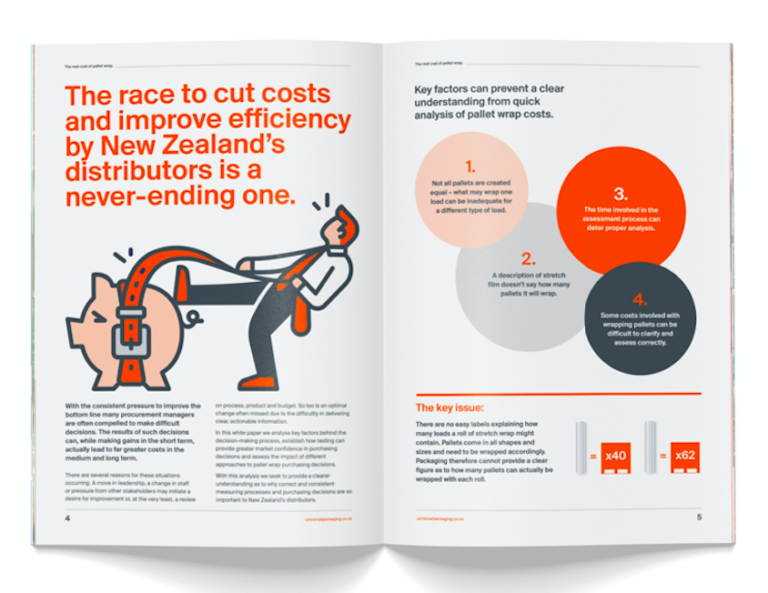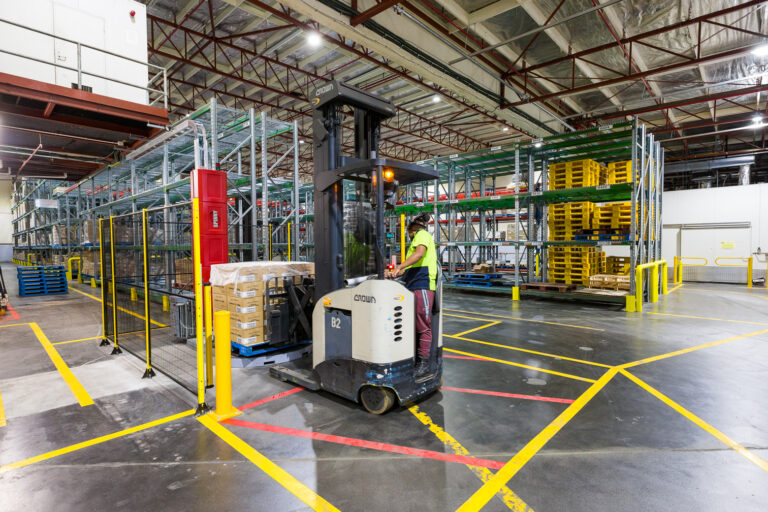Home » What’s the (w)rap on cast vs blown film?
What’s the (w)rap on cast vs blown film?
Having the right film for the job can pay dividends in terms of cost savings, sustainable metrics, and overall efficiency in your DC. So… which to choose?
In recent times many businesses in New Zealand wrapping pallets for shipping have chosen to move away from traditional blown film packaging.
Depending on your packaging needs you may be considering whether cast or blown film is best for shipping pallets. While they have a similar appearance and serve the same purpose, there are some important differences between these two types of stretch wrap. Much of this comes down to how each is made.

Making blown film
Blown film begins with a granular resin, which is again fed through a heated screw barrel. The next step is where the two differ, as the melted resin is then blown through a circular die by a volume of air, making a bubble that stretches to the desired width and thickness, before being flattened by nip rollers.
This method gives the film a high tear and puncture resistance and a high level of clinginess. However, because of the PB tackifier added to the film, it can produce a lot of noise when it is unrolled from the spool. Blown film also has a cloudy appearance that is not always desired by manufacturers.
Making cast film
Cast stretch wrap also begins with granular resin, which is fed into a heated screw barrel, where it melts before being fed through a flat narrow slot called a die. The resulting sheet is then quickly cooled and solidified by chilled rollers.
This production method gives the film a consistent thickness and a glossy appearance. It also provides a high level of transparency, which makes it easier for scanning barcodes and checking on the contents of pallets.
Most importantly, due to being made up of many thin layers, the resultant film is more malleable but stronger – making it able to be stretched further to wrap more. It’s also quieter to work with, making it easier on the ears for DC staff.

Blown Film
- Has a higher resistance to puncture; preferred for wrapping sharp-edged products and heavy loads such as masonry and construction materials
- Film offers less clarity due to crystallisation which occurs during manufacture
- Has a high level of cling
Cast Film
- Comes off the roll easily and is quieter than blown film
- Often used for lighter products, and loads stacked on pallets
- Very clear product making it easy to scan barcodes through the film
- Requires less force to stretch
- High tear resistance
Which is better?
There has been a definite shift in the market towards cast film in the past decade, in most part due to it being easier to work with.
Cast film rolls off the reel smoothly and quietly. It also yields more film from the same amount of base material, making it a more efficient and sustainable choice than blown film.
While blown wrap is very strong, which can make it useful for wrapping heavy or sharp objects, newer films like NanoWrap can provide the same level of strength due to being made from 33 ultra-thin layers of cast film (as opposed to the 5-7 layers of blown film). It is also very light, increasing its malleability for quick, efficient wrapping.
Cast film production techniques are also evolving, with significant gains in stretch, strength, and sustainability measurables as a result. NanoEcho is made using 30% recycled material and contains 55 nano layers.
Before choosing the right wrap for your DC, it pays to check on the containment force required for your loads – something our expert consultant team can help with. After running key pallet containment tests, we can provide all relevant insights about wrap optimisation, equipment settings, and pallet plastic use.
Give us a call to schedule a site visit and, be it cast or blown stretch film, we’ll find out the right stretch wrap for you.


